Principle 1: Legibility
Legibility is all about whether a certain piece of visual
communication is clear and readable. Legibility is a very important factor to
look at before publishing the data out into the public eye. Although it is important to ensure text is
readable, you may have images which have a concept behind them for example: a picture which has been blurred out to show affect
may make it hard for the viewer to read, but because there’s an aim behind it
this will be allowed. However, if as a designer you want to deliver a clear message then a piece can be made more legible through the use of a clear typeface, alignment and utilizing a legible font size.
The poster above was designed as part of a advertising campaign against domestic violence, where type and colour were simply used to deliver a crucial message.
It's simple if the text is not readable it will not be legible, as the viewers will not be able to read what you are saying. Other factors which influence legibility are colour, alignment, and over- lapping text on images. The size of text has to be an average size which can be read
without any difficulty. There are two types of type, one being text type- which
has been designed to be legible and readable across a variety of different
sizes, another one is display type- which has been designed to attract the reader’s
attention and pull the reader straight into the text, or article related to the
text. This type of text can be more elaborate, expressive and have a stylish
look. Alignment can also affect legibility as it can alter the way a certain image or text looks; making it not look professional. It's important that designers consider this and correct or adjust it, so that it fits in and looks appropriate for the viewer to read.
Below are some examples of illegible typeface..
Type used in a certain free way to create the effect of curls.. is it legible?
The type used in the image above will not be readable by most of the readers as it is not legible.
illegible typography.
Understanding the use of something simple, such as colour is
all it can take to make or break an image!
HOW TO MAKE YOUR TYPE MORE READABLE
When you can't read text online, most people will just have to zoom in to make the text larger. However, a lot more effort requires to go into designing text which can be read, some of which has very little to do with the type itself. Below I will state some of the main factors designers should take into consideration before launching their products out into the public eye.
- Layout- this is one of the most important factors as it is the base. The use of grids, white space and images can all have an impact on readability.
- Alignment- text can be altered, centered, justified and left or right justified. Each one has its own place in design. Having your text left justified can be the best for long blocks of copy; as having a strong left edge gives the eye an easy place to come back to after reading the end of the line.
- New paragraphs- these are extreamly important as they act as a short break for the reader and makes things look more neat and in proportion. Weather you indent, or leave a line space before starting a new paragraph it is very important to keep this consistent.
- Measure-this refers to the length of the line of the text. Long lines will often tire out the eye and make it hard for you to find your way back to the next line. Your measure should be about 45-75 characters long with 66 characters as an often citied ideal. If your design used multiple columns of text you probably want to keep your measures a bit shorter to about 40-50 characters.
Principle 2: Tone of voice
Getting the right tone of voice..
Because advertising tone of voice is meant to convey a
brand's personality, a successful tone of voice will clearly communicate the
values of your brand. For example, if you are selling home improvement
supplies, you may want your brand's tone of voice to communicate that your
company is competent, knowledgeable and helpful. If you are selling clothing to
teens, the tone of voice might suggest that your brand is fun, bold and popular
in order to grab their attention.
One of the most important things you should
consider, before presenting your product or company visually is the typeface
you use. In the design world typography is equivalent to tone of voice.
Some of the questions you should ask yourself beforehand
are:
·
Does your type relate
to the image?
·
What style best suits
the theme?
·
Do you want to SHOUT your message or whisper it?
·
How do you want to
come across as? This could be relating to the style of your work, for example-
modern, funky, fun, bold, informative or serious.
·
Will your type be
accompanied by images or will it portray a certain message alone?
·
Where will the type be
read? Online, on a billboard, in a brochure, in an advert or on a poster?
·
How can you aim for it
to stand out from the crowd?
·
How will it be
different and grab the reader’s attention instantly?
·
Will you be clever
with what you do?
Different types of tone of voice
.jpg)
Now
i will compare two different types of posters in terms of their tone of voice. The
poster above was designed as part of a advertising campaign for domestic
violence. The message being delivered is crucial therefore the tone of voice
will have to compliment this. As you can tell the text at the top of the poster is smaller
and duller, then it gradually increases in size and font as the type goes down
to the bottom of the poster. This has been done to create an impact and grab
the reader’s attention; as the colours of the text and background are both
similar at first and then get darker as the text goes down. This helps deliver
the message to the audience more effectively, as the visual communicators have thoughtfully
used colours which contrast. As you read down the poster you notice the text
suddenly becoming clearer and bolder, some being larger in font than others- shocking
words like “KICKING YOU”, “RAPE YOU”, “SPITTING ON YOU” have been enlarged to
create an emphasis on them, making the audience feel disgusted by the words.
The tone of voice behind this advertisement has been created
by the use of capital letters, creating the effect of shouting. The bold
typeface also conveys the same message of shouting out at the audience,
automatically this on its own highlights the message the campaign is trying to
put across to its audience. The contrasting colours have been used to relate to
the message and the subtle colour of the lime box in the middle has been used
to say ‘there is help out there for the victims’ , the colour of the box is
lighter than the rest, creating a gentler effect and showing the victims there
is help out there for them! Therefore I think this poster utilizes the tone of voice and legibility, successfully in order to deliver its message against domestic violence.
The second poster below is also another advertising campaign
poster. It’s designed by the NHS and aims to encourage people to quit smoking.
The tone of voice used in this poster has been made incredibly clear through the use of type. The main focus of the poster is on the text in the middle, which has been written in a child-like scrawl instantly telling the reader the quote is by a child. The quote “I’m scared of my mum dying from smoking” is very shocking and will aim to change many parents’ views on smoking and make them think that their child isn't even scared of spiders but more on the fact of losing their mother. This destroys the child’s innocence and highlights the damage which smoking has caused; not only to yourself but your whole family. The poster is also very clear and readable making is legible. This poster is another successful poster in terms of tone of voice and legibility.
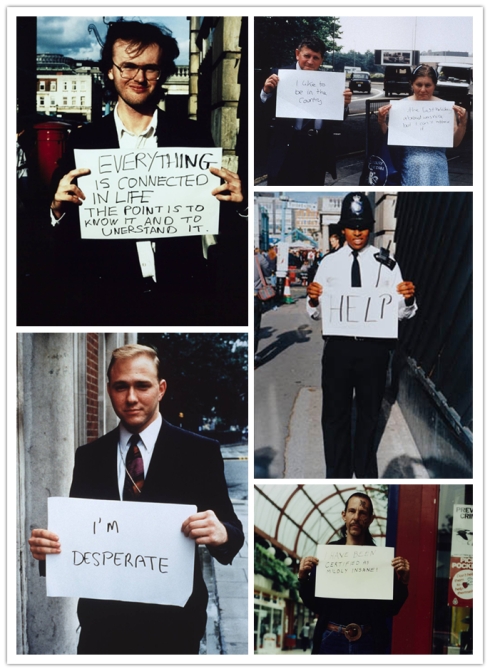
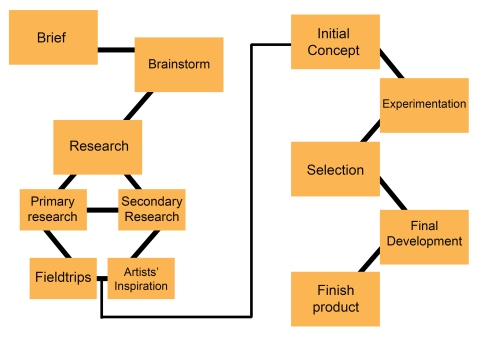


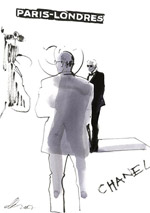
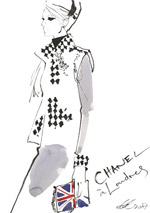
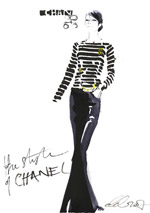
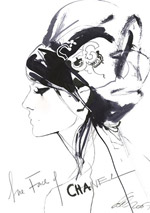
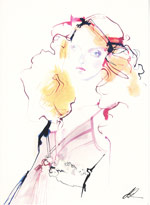
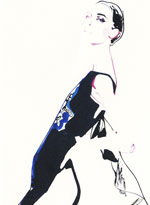
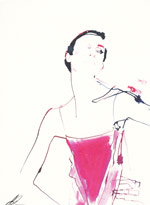
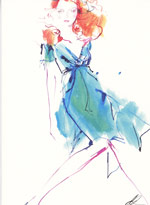





.jpg)
